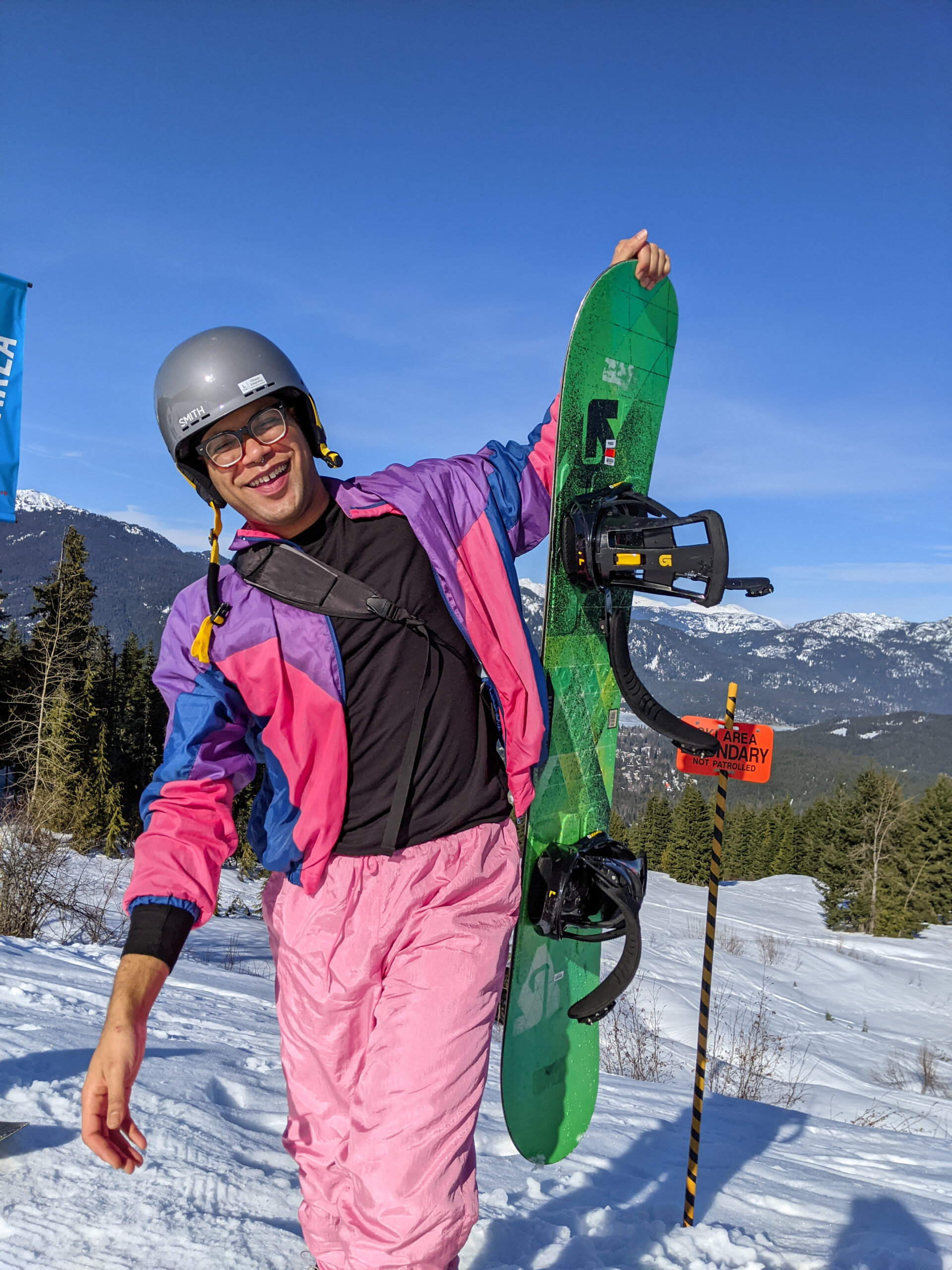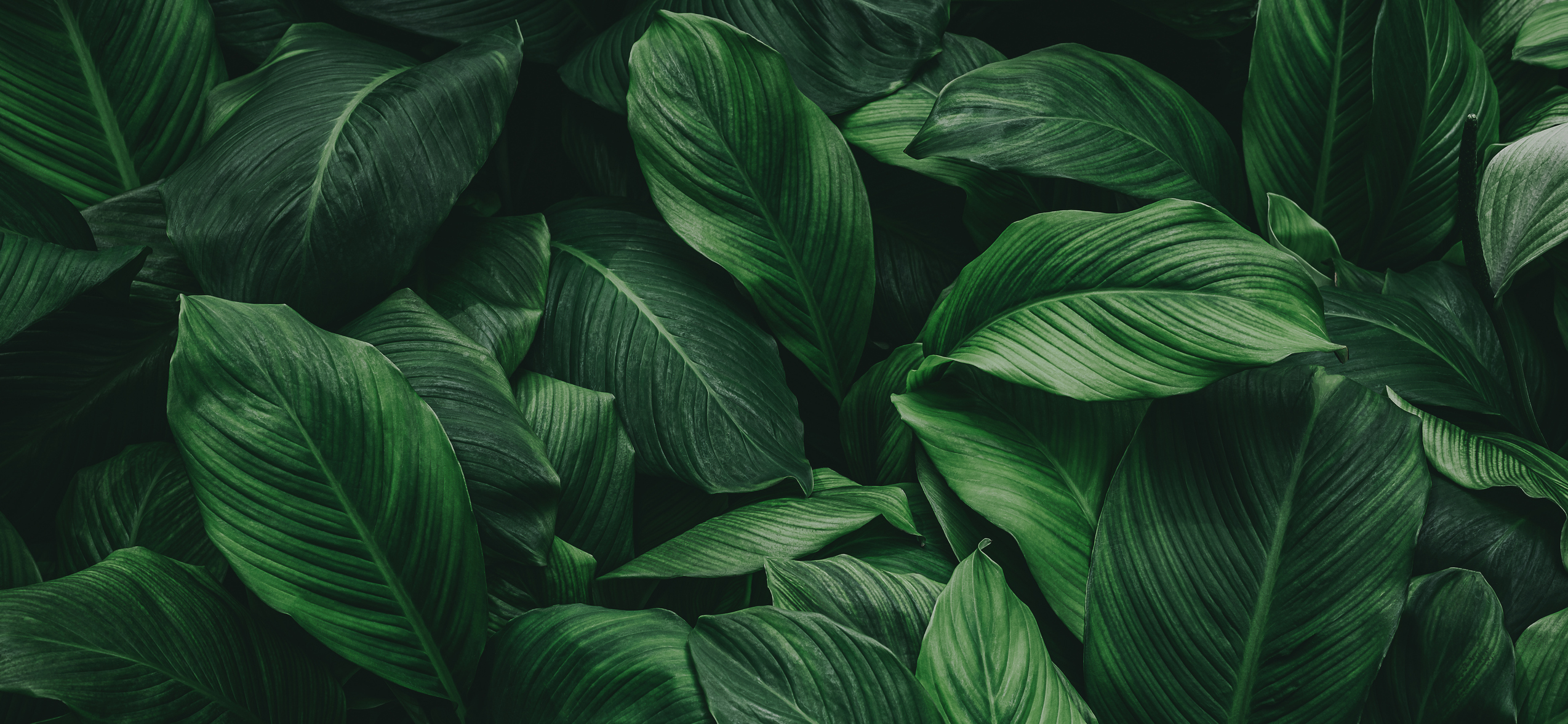Jaylen Bastos (JB): I used to go to this kid's camp way up in Muskoka, like Northern Ontario, some place. And we used to like… I used to sleep away there, so it was like an oasis for me growing up, like a home away from home, like this magical land in the forest where I would just get to play. But there was one year in particular, child, I was not prepared. So I, you know, I'd seen images of a moose and I had, you know, heard of them. But one summer I was doing this canoe trip through Algonquin Park and I was feeling some type of ways. The group decided to go on a little hike. I was like, “let me stay, let me just do my little cute thing by the boat” and BAM! What comes out of the bushes as soon as all the groups leave? Girl, it was a giant moose and I was not prepared for how large they were.
That was a cow on stilts, like it was….mm yeah, that took me out. So, seeing a creature that big, just so casually and graciously move through this forest (and so silently too, I might add), I, yeah, I was transfixed, mesmerized, bewildered. And I was like, girl, animals, they're the ones, I need to figure out how to do this for life.
Science World (SW): That’s Jaylen Bastos. Also known as J. A wildlife ecologist, animal behaviorist, and educator who did find a way to do the animal thing for life. But it wasn’t a straight line from that moose to their Masters in Science.
JB: All I knew, especially growing up as a kid, but like getting ready to go to university and finishing high school, all I knew was that I wanted to work with animals in some way. Now the Leo and delusional individual in me was like, “And you know what that's gonna be? You're gonna be a veterinarian, but not just a veterinarian, you're gonna perform surgery on large animals—predators!” I was looking to perform like… I wanted to do surgery on lions. I literally was wilding out, I was like, yes, I wanna be in the field with my kit, slide it out, tranquilizers, okay go in with the sutures, push two CCs of Epi."
SW: Although J didn’t go on to push Epi into any predatory animals, they did learn that what they wanted was to deepen their understanding of human-animal interactions.
JB: Ecology is kind of just like this, this field that we, or this word that we use to explain how one thing relates to another—usually it's how systems relate to individuals and how those two intertwine over time and across landscapes. But I wanted to dive a little bit deeper and so for me, behavioral ecology was the field because it allows me to actually analyze the behaviors that allow animals to interact with one another in such this… I don't wanna sound too romantic, but it's quite like a symphony in the way that we all sort of inhabit and share space within an urban area without like mass chaos, honestly, on a daily basis.
SW: In 2021 J founded Zoboomafoolish, an environmental learning platform where they offer workshops on birding, soil regeneration, urban streams, queer ecology and decolonizing conservation.
JB: A lot of science is very extractive. You go into a place, you take resources, you take knowledge, You then use that to further your own career, your own findings, right? And so when we look at even the culture of science, it's not really one that is inclusive or wasn't (right?) for a very long time. And as a result, we see why there's this gap, (right?) in information. And when it comes to fields like animal behavior for example, there is so much that gets excluded when you don't have a queer lens. So when we look at things like same sex mating, right? People who are uncomfortable with queerness within humanity are not going to be able to explore this behavior in its full entirety within another species. And so as a result, we see these huge information gaps when it comes to a wide variety of queer behaviors in queer ecologies across species, right?
SW: For J, sharing their learnings about these behaviors in animals, be it in gender-bending birds or tropical fish that are able to change genders throughout their lifetimes, helps challenge the idea that queerness is unnatural.
JB: We then start to be able to demystify or sort of break down this idea that it's unnatural or it stems from something wrong, or it's only exclusive to humans because, baby, it's not. At the end of the day, once we begin to demystify that and realize, “Oh, it's actually everywhere,” “Oh, it's actually a part of the natural fabric of both our species and everyone and everything else,” we begin to have a deeper sense of connection to nature. And at least for me, that is really the goal is to be able to take people from where they are and how they see themselves and be able to link that to either a particular species or a particular place, and allow them to develop that deeper sense of connection with the natural world.

